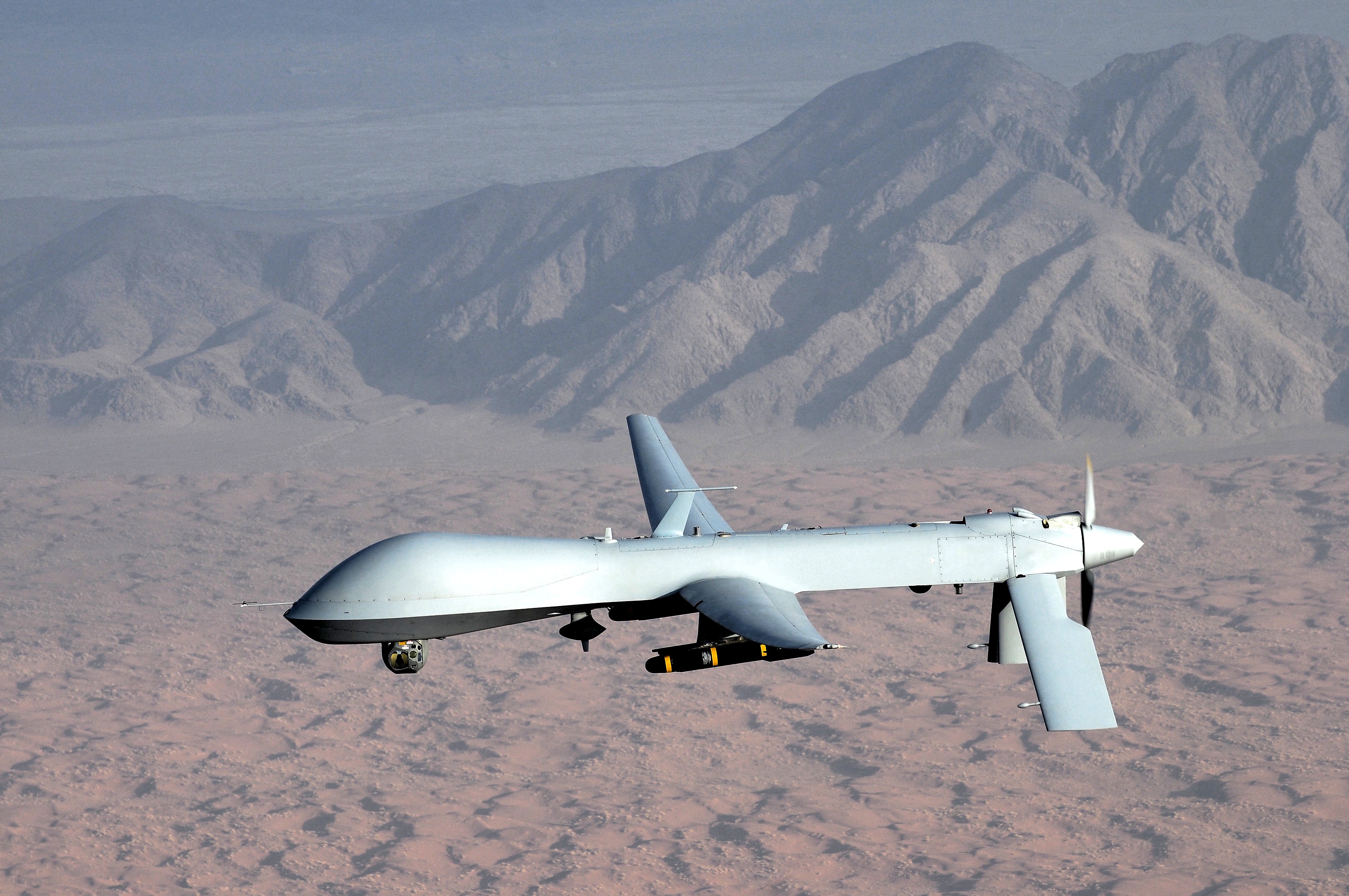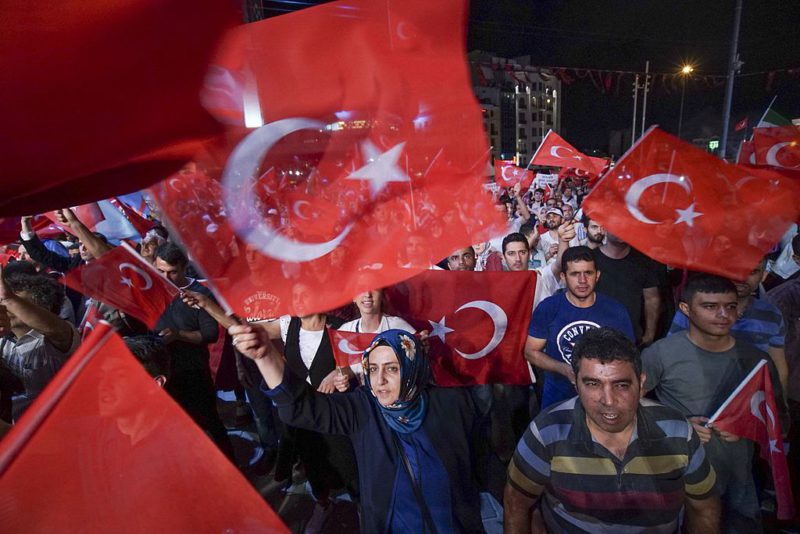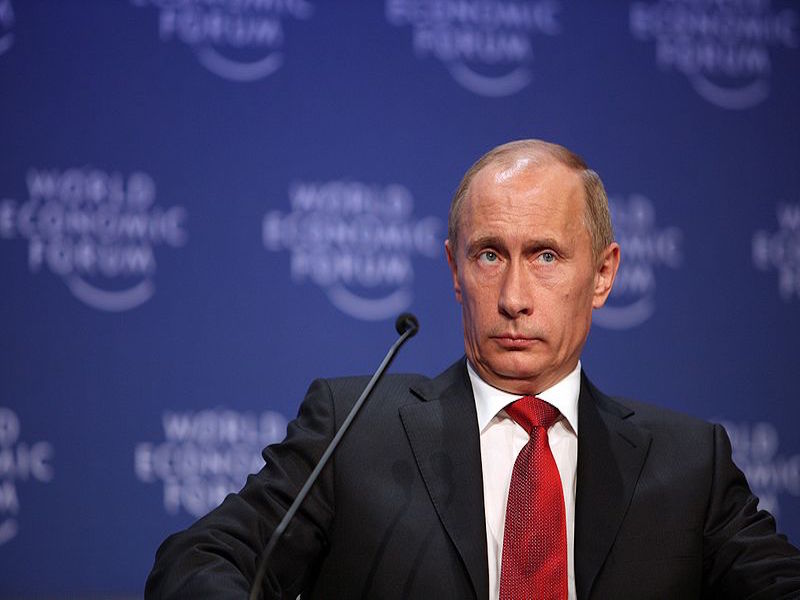The Stimson Center, a Washington-based nonpartisan think tank, published a report on February 23rd (three days ago) claiming that the U.S. administration drone-policy has failed to provide basic transparency into the drone program. The study’s report card gave the U.S administration an “F” or a failing grade in three areas surrounding the issue of transparency, highlighting a critical theme in the conduct of drone strikes.
The United States is the world’s most prolific user of drones and UAV technology. While the Bush Administration only oversaw approximately 50 drone strikes, Obama has signed off on over 400 in the last four years. Drone strikes are a relatively low-cost tactic, not only in terms of US blood, but also in terms of the financial costs. Some observers consider the drone campaign to be very successful in neutralizing al-Qaeda and Taliban operatives and have gone so far to suggest the drone campaign as the “America’s single most effective weapon against al Qaeda.” Although the strikes have been successful in killing key Al Qaeda leaders and denying terrorist sanctuaries in Afghanistan, Iraq, Libya, Pakistan, Yemen and Somalia, it is estimated that they are also responsible for 416 to 951 civilian deaths. The U.S. administration maintains that drones are critical counter terrorism tools that advance the U.S. interest around the globe, however such operations have met with fierce opposition both domestically and internationally. The main obstacle to acknowledge the scope, legality and oversight of U.S. drone strikes is the division of lead executive authority between the Joint Special Operations Command (JSOC) and the Central Intelligence Agency (CIA).
The executive authority to carryout drone strikes is divided between the JSOC – subunit of the Department of Defense (DOD) Special Operations Command and the CIA. Although drone strikes carried out by the two organizations presumably target the same people, the division, is needlessly complex and opaque as each organization has different authorities, policies, accountability mechanisms, and oversight. While the CIA strikes are classified under Title 50 as covert actions, the JSOC counterterrorist operations are reported quarterly to the armed services committees. As covert operations, the government cannot provide any information about how the CIA carries out its drone operations. JSOC operations can be (and are) acknowledged by the U.S. government. The covert and unacknowledged nature of most UAV targets makes it difficult for the congress to perform its vital oversight functions. At best, the fragmented oversight system creates confusion a danger that critical issues may slip through the cracks. This becomes more problematic, considering that the military and CIA generally work together quite closely in planning and executing drone strikes.
Civilian casualties are a serious concern for the effectiveness of the target killing program. Not only do they erode the credibility international law and principles but also anger affected communities, increase anti-US sentiment and become a recruiting tool for the terrorist organizations. Though the U.S. officials emphasize the precision of the drone technology and claim that few civilians have been killed, many have questioned these claims arguing that there is evidence to suggest that the numbers are much higher than the U.S. officials publicly admit. This uncertainty is due to the U.S. government’s resistance to openly provide information about the target killings. In absence of official reports, the most common source of casualty figures is media reports from local and international news outlets. According to a report by Columbia Law School, media reports, including the New York Times, BBC and wire services such as Reuters and the Associated Press are based on limited on-the-ground investigation. Moreover, there are assumptions and biases at play in defining the affected individuals as “militants” or “civilians”. Therefore, there are wide inconsistencies in the numbers reported by different sources. President Obama, himself, in May 2013 while acknowledging the incidents of civilian casualties, insisted “there is a wide gap between U.S. assessments of such casualties, and nongovernmental reports.” The problem with lack of transparency surrounding drone strikes is that both the American and international publics often misunderstand how drones are used. Maintaining drone strikes conducted by the CIA means that the U.S. government cannot address the criticism in response of the casualties.
Ben Emmerson, the U.N.’s special rapporteur on human rights and counterterrorism has loudly argued that “the single greatest obstacle to an evaluation of the civilian impact of drone strikes is lack of transparency, which makes it extremely difficult to assess claims of precision targeting objectively.”
Several experts have voiced their criticism of the lack of transparency associate with drone use and have posited suggestions to improve the situation. For instance Micah Zenko, Senior Fellow at the Council on Foreign Relations has advocated for Transferring CIA drone strikes to the Pentagon in an attempt to improve the legitimacy and transparency of target killings. The Stimson Task Force in 2014 argued for a robust oversight and accountability mechanism including an independent commission to review the past strikes.
However, given the lack of process in the drone campaign the think tank has released a new study evaluating the drone campaign. The report gave a failing grade in three critical areas center around transparency: a lack of progress on releasing information on targeted drone strikes, developing better accountability mechanisms and explaining the US lethal drone program’s legal basis. According to the report there has been almost no change to improve the drone strike and accountability. Moving forward, the report makes a number of suggestions to the U.S. administration to improve the transparency of the program.




